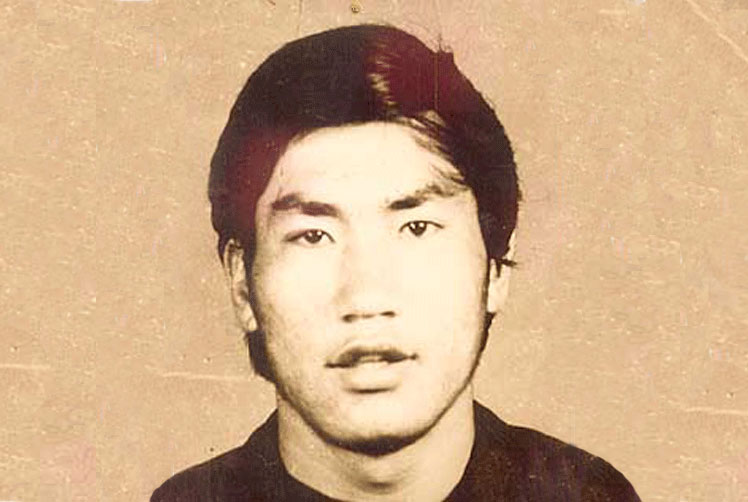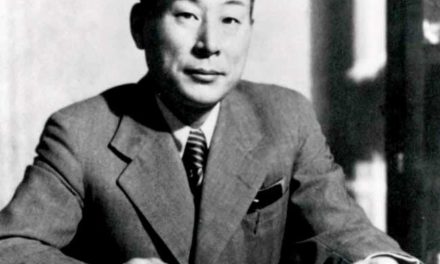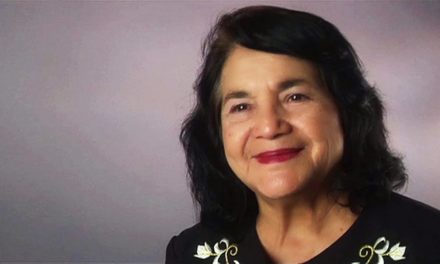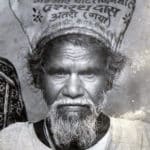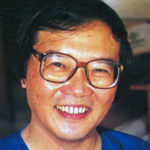An Imprisoned Hero
Lobsang Tenzin continually risked his health and safety to advocate for the needs of political prisoners in Tibet and for prison reform. The twist, Lobsang Tenzin is one of Tibet’s longest-serving political prisoners and spent time on death row. His story begins as a typical college student studying at the Tibet University in Lhasa, Tibet’s capital city and quickly changes to a tale of lifelong torture, endurance and heroic courage.
Due to poor records and his isolation for over 25 years, details about his birth and childhood are hard to come by. We know he was born in the 1960’s and that by 1988 Lobsang Tenzin had become active in the growing anti-China movement in Tibet. The movement was led primarily by monks and nuns protesting the Chinese government’s intentional dilution of the Tibetan population and culture by providing Han Chinese-only jobs to encourage the surge of hundreds of thousands of Han Chinese into Tibet. This process had begun with the Chinese invasion in the 1950’s and the following years of guerrilla warfare which had crippled the culturally vibrant and thriving international market-region. In addition, an estimated hundreds of thousands Tibetans had been imprisoned, killed or exiled and an unknown number had died from starvation; those who remained often lived in fear and survived on Chinese government rations.
During one of the mass protests in 1988 Chinese police officer Yuan Shisheng died, reportedly falling or being thrown from a window. Lobsang Tenzin and four other Tibetans were charged with the murder, for “holding counter-revolutionary views” and other crimes associated with the demonstrations. While the others were given life sentences, Lobsang was identified as the leader of the group and given an extended sentence followed by execution. Due to the poor conditions in Drapchi prison and the inhumane treatment of the prisoners, Lobsang Tenzin began organizing acts of resistance from within the prison. He began by writing letters that would be smuggled to outside activists, encouraging them in their pro-independence demonstrations. He teamed up with other imprisoned activists to found a group named “Snow Lion Youth for Tibetan Independence.” When their group was discovered, Lobsang and the others were beaten, tortured and spent over a month completely isolated in solitary confinement.
“We demand improvements to the conditions of political prisoners.” – Lobsang Tenzin
Shortly after Lobsang’s release from the damp isolation cell, a 20-year-old imprisoned activist named Lhakpa Tsering died from guard beatings. Empathetically, Lobsang Tenzin began organizing the first mass demonstration in Drapchi prison. On one of the few days a year that outsiders could visit their loved ones, over 150 prisoners instantly began marching across the prison yard with bedsheet-banners unfurled begging for an investigation into Lhakpa’s suspect death. With prison guards pressing in, Lobsang boldly brought forth the prisoner’s demands for improvements to conditions and advocated that the men responsible for Lhakpa’s death be held accountable.
As news of the demonstration spread outside the prison, the “ringleader” Lobsang and others were brought to court for their “crimes.” Two co-organizers (Migmar and Dawa) were accused and executed for “planned escape.” Because of his boldness earlier, Lobsang had gained popularity and support outside of the prison. As a result, the courts gave him a lesser punishment of 17 months in shackles to avoid riots in the streets. Lobsang was released from shackles on March 6th, 1991 but his health had deteriorated from the harsh conditions, being bent over in shackles and his repeated beatings. Other prisoners began saving portions of their rations in order to help Lobsang recover.
“That distance [crossing the prison yard] seemed like miles, such was the courage required to cover it.” – Drapchi prisoner
By the end of March 1991, International pressure on China’s imprisonment of political activists spurred the visit of James Lilley, U.S. Ambassador to China. Lobsang and fellow prisoner Tenpa decided to use this opportunity to deliver a list of political prisoners and their treatment to the Ambassador. When an interpreter saw Lobsang’s list in Lilley’s hands, he snatched it away and alerted the prison authorities. Lobsang and Tenpa were punished with three weeks of isolation and beatings.
Emboldened by Lobsang’s actions, other prisoners began protesting the treatment given to Lobsang and Tenpa, so Lobsang, Tenpa and a few other leading organizers were transferred to a prison in Kongpo where they faced even more isolation and beatings.
After learning of Lobsang’s punishment and his impending execution, Ambassador Lilley rallied international pressure to have his death sentence commuted. By 1993, Lobsang was removed from death row but would be required to serve an additional 20-year prison sentence. Because Kongpo is a rural area far from the capital, little is known of Lobsang Tenzin’s years there aside from the fact that he worked in the prison gardens. It is also known that he was transferred westward in 2005 to Chusar prison, likely due to activism in Kongpo.
At the end of 2012, Lobsang’s 20-year sentence officially ended. Though crackdowns and imprisonment of political activists continues, China has slowly begun releasing political prisoners who have served their sentences. Lobsang Tenzin was released on house arrest and has been allowed to receive much needed medical attention. However, he is still under constant surveillance by the police and visitations from outsiders are restricted to his immediate family. Now nearing 50 years old, Lobsang Tenzin spent more of his life in prison than free. Yet, his endurance, bold actions, courageous risks to advocate for others has garnered much respect from Tibetans in and out of the prisons.

